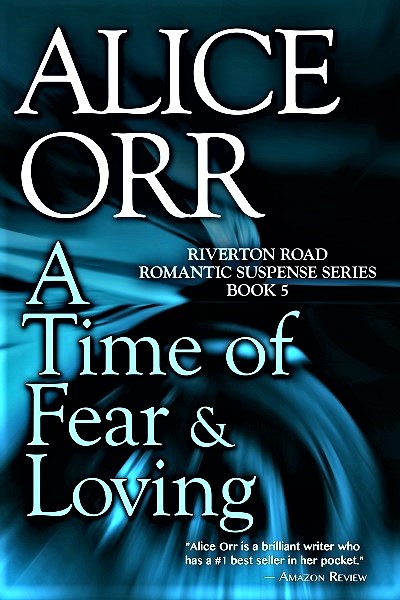How to Write First Class Secondary Characters. The Hero of Your Story Lives in a Larger World Beyond Herself. She lives in a fictional world you have created. A world populated by other people usually referred to as secondary characters. I suggest you also think of them as supporting characters because they support your main character and her story.
Your Hero Drives Your Story. But, no matter how substantial and fully realized she may be, if her supporting cast is weak, your story will be weakened too. Your story structure will be in danger of toppling — off your reader’s bedside table into oblivion. As Mike Nichols said of all characters. You must give your secondaries their own beating heart humanity.

Create a Full Cast of Individuals who Come to Life on the Page. Functionaries won’t do, characters who walk on stage, perform a task or two, then disappear forever. If someone makes an appearance for any reason, however mundane, they must appear again in some meaningful way. They add to the emotional truth of your story. They are not just furniture.
Some Supporters Appear Often and Prominently, Others Less So. But they all perform actions that drive the story forward or amplify your hero’s role. They may not be as fleshed out as your hero, but you, the author, still must know and imagine them to be flesh and blood individuals, complete with compelling and memorable details. Click here to learn about this detail.

Your Hero’s Support Character may be a Lover, Enemy, Friend, Whomever. He or she may lessen story tension by making us laugh now and then or enhance that tension by introducing an obstacle to your hero’s goal. Whatever the secondary character’s purpose, they must be carefully written to have an impact and engage your reader.
The Most Readily Effective Cast is Headed by a Trio. The hero, her mate or sidekick, and the villain. The hero leads the story; the other two support the story. They are the foundation upon which the story is built. They keep your story moving. You must explore two critical questions for each. What must they do in this story situation? Where do they belong – on which side of the story conflict?
These Questions Relate Especially to the Motivation of a Mate or Sidekick. How this character responds. Why they respond. These are the essentials of their story role. Dig deep to find the best motivation ideas for this character. Determine what their resulting actions will be, and you have discovered how they will enlighten your story situation.

The Arc of the Sidekick’s Development Illuminates the Path they will Take. Make detailed notes on how they do or do not resolve the two crucial questions mentioned above. Whatever their path, these must be strong secondary characters. Their actions create dramatic events. Their interactions with the hero add emotional depth to her character, and to the story.
You are the Creator of your Story World and of Every Character’s Purpose. These characters serve your hero’s goals or impede them. You, as Creator, determine the specifics. The scenes, the action, the dialogue. Choose each of these for each character by weighing its potential to intensify story conflict. Because powerful conflict and struggle are the most essential support every successful story requires, and they are absolutely never secondary.
This is How to Write First Class Secondary Characters.
Alice Orr – https://www.aliceorrbooks.com.
ASK ALICE Your Crucial Questions. What are you most eager to know – in your writing work and in your writer’s life? Email aliceorrbooks@gmail.com. Or add a comment question to this post.
Alice has published 16 novels, 3 novellas, a memoir, many articles and several blogs so far. She wrote her nonfiction book No More Rejections: 50 Secrets to Writing a Manuscript that Sells as a gift to the writers’ community. Her latest novel – A Time of Fear & Loving – Riverton Road Suspense Series Book 5 – is available HERE.

Praise for A Time of Fear & Loving: “Alice Orr is the queen of ramped-up stakes and page-turning suspense.” “Warning. Don’t read before bed. You won’t want to sleep.” “The tension in this novel is through the roof.” “I never want an Alice Orr book to end.” “The best one yet!”
Look for all of Alice’s books HERE.
https://www.facebook.com/aliceorrwriter
http://twitter.com/AliceOrrBooks/
http://goodreads.com/aliceorr/
http://pinterest.com/aliceorrwriter/








